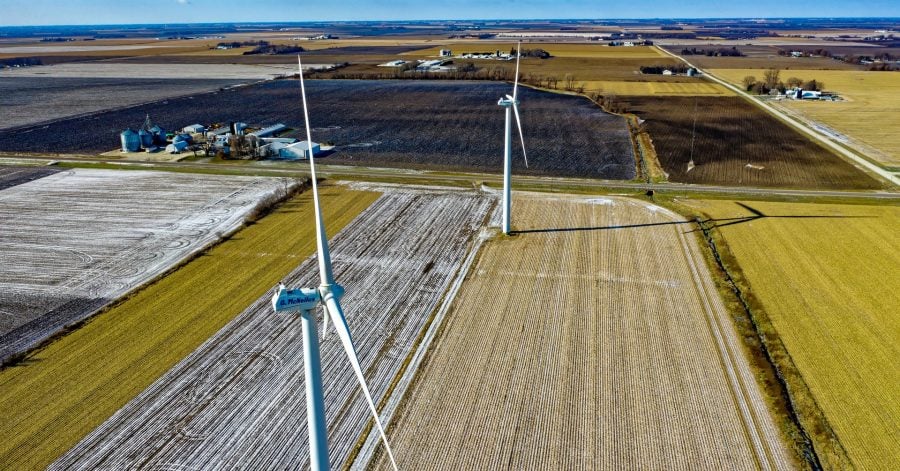CWP Global, the independent renewable energy company in Southeast Europe and Australia, joined forces with Mercuria Energy Trading, a large independent energy trader with offices all around the world, to complete the development of CWP Europe’s portfolio of renewable energy in SEE. The renewables project started in 2018 will add 2 gigawatts (GW) of large-scale solar, wind, and battery storage projects in Romania, Bulgaria, Serbia, and Ukraine.
Accelerating decarbonization in SEE markets
“We see a tremendous opportunity in these markets, where a massive amount of expensive and polluting coal needs to be replaced with renewables as quickly as possible,” said Dimitar Enchev, co-founder of CWP Global and CEO of CWP Europe, in the press release.
CWP Global entered the emerging renewable energy market in SEE in 2006, set up by PostScriptum Ventures, a venture capital group with an extensive portfolio of renewable energy investments.
In the region, the company already has large wind farm projects in its portfolio – the 600 MW Fantanele-Cogealac project in Romania (Ed.note later sold to Czech Republic’s CEZ Romania), and the 156 MW Čibuk project in Serbia. Since 2008, CWP has also been present in the Australian market, where they installed 760 MW renewable energy capacity and are currently working on a 2.5 GW joint venture project with Partners Group.
The shift towards renewable energy is the sole way of reaching collective decarbonization targets, as well as maintaining power prices in check and keeping the SEE region economically competitive, added Dimitar.
With Mercuria’s strategic investment, CWP aims to realize its €1.9 billion investment plan across the four countries in the next several years. The partnership will accelerate the development of CWP’s existing renewable project portfolio and add new developments.
Founded in 2004, Mercuria transacts energy assets on a global scale, expertise which they will bring to the table to help CWP deliver more competitive renewable products.
“We are pleased to join CWP Europe to help provide needed low-cost green energy to Southeast Europe,” Jean-François Steels, Vice President of Energy Transition at Mercuria, said in a statement.
A region with largely untapped renewable energy potential
Southeast Europe has substantial, yet largely untapped renewable energy potential, except for hydropower capacity. In a time of soaring gas prices, accelerating the transition to renewable energy could save Central and Southeast European citizens up to €3.4 bn annually by 2030.
Even as wind power has recently dropped as near-surface winds weaken (Ed.note a phenomenon called global stilling), across the EU, zero-carbon sources still saved €33 billion in energy costs between July and September, FT reports.
In view of EU legislative targets, analysts forecast that by 2030 renewables will account for a third of power generation in SEE. In renewable power capacity, this translates into a growth from 109 GW available in 2015 to 265 GW forecasted for 2030. Wind and solar are key components of the mix. In fact, solar and wind accounted for more than 91% of new renewable electricity capacity in 2020.
In Romania, for instance, there are currently 3000 MW of wind energy installed capacities and 1400 MW of PV energy. To reach its 2030 target of 30.7% in the energy mix accounted for by renewables, the country plans to add 7GW in renewables capacity, with 3.7 GW from solar projects.
However, the variable generation of wind and solar require flexibility in the mix. Regional collaboration and power system integration will be essential to sustain higher levels of solar PV and wind generation.








